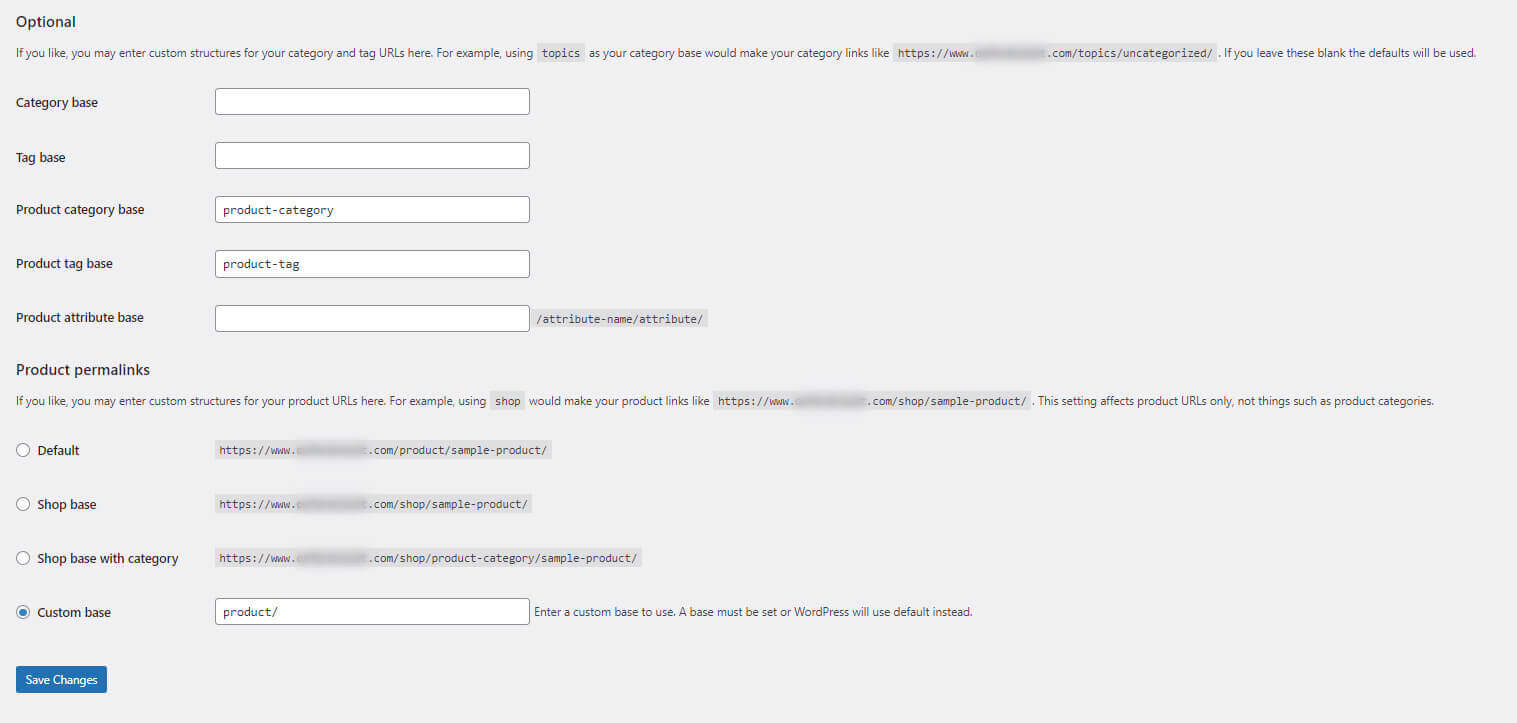[ad_1]
WooCommerce permalinks are an important part of any online store. Not only do they help customers find what they’re looking for, but they can also influence search engine rankings and bring in more traffic to your site. With a few simple tips and tricks, you can get the most out of your WooCommerce URLs and improve SEO success.
Setting Up WooCommerce Permalinks

The first step to setting up WooCommerce permalinks is choosing the right structure. Depending on the size of your store, you may want a longer URL with more information, or a shorter one that’s easier for customers to remember. You can also add custom parameters to your URLs if needed.
Choosing the Right Permalink Structure
There are several different permalink structures that you can choose from, but the most common one is the “/%postname%/” structure. This gives each page its own unique URL, making it easier for customers to find and remember specific products. Additionally, this is usually the recommended structure for SEO purposes as it helps search engines index individual pages more effectively.
Adding Custom Permalinks
In some cases, you may need to add custom parameters to your WooCommerce permalinks. For example, if you want to include product variations in a single URL, or use multiple categories for a particular page. To do this, you’ll need to use the “/%category%/%postname%/” structure. This will allow you to add custom parameters as needed without affecting the core URL structure.
Improving Permalink Performance
Once you’ve chosen your permalink structure and added any necessary custom parameters, it’s time to start optimizing for better performance. Here are a few simple tips that can help:
Optimizing Your WooCommerce Permalinks
Using Effective Keywords
When setting up WooCommerce permalinks, try to include keywords that accurately describe the product or page. This will make them easier for customers to find and also give search engines more information about what the page is about. Additionally, by including targeted keywords, you can boost your site’s chances of ranking higher in search results.

Creating SEO-Friendly URLs
In addition to including targeted keywords, it’s important to make sure your WooCommerce permalinks are SEO-friendly. This means avoiding too long or complicated URLs as they can be confusing for both customers and search engine crawlers. Aim for shorter URLs that are easy to understand and remember.
Utilizing Categories and Tags
When creating WooCommerce permalinks, it’s also a good idea to take advantage of categories and tags. These will help organize your content into distinct groups, which makes it easier for customers to navigate your store. Additionally, using categories and tags can improve your site’s SEO by helping search engines index and categorize each page.
Troubleshooting WooCommerce Permalink Issues
Even after setting up your permalinks, there are still a few potential issues that you may encounter. Here are some steps you can take to troubleshoot common errors:
Identifying Common Permalink Errors
If you notice any unexpected behavior with your WooCommerce URLs, the first step is to identify where the problem lies. This could include broken links, pages not loading properly, or 404 Not Found errors. Once you know what kind of error it is, it will be easier to fix the issue.
Checking Your Settings
Once you’ve identified the problem, the next step is to check your WooCommerce settings. Make sure that you have the correct permalink structure enabled and any custom parameters are added correctly. Additionally, it’s worth double-checking that all of your pages are indexed by search engines and none of them are marked as “noindex”.
Updating WordPress and WooCommerce
If all else fails, you may need to update your WooCommerce permalinks manually. This can be done through a plugin or directly in the WordPress database. Be sure to make a backup before making any changes so you can easily reverse them if needed.
Conclusion
With these simple tips and tricks, you can get the most out of your WooCommerce permalinks and maximize their SEO performance. By choosing the right structure, optimizing for keywords, and troubleshooting any issues you encounter, you can ensure that your URLs are working effectively to drive traffic and sales to your store.
With just a few tweaks, you can start utilizing all of the benefits that optimized URLs have to offer!
[ad_2]
Source link


